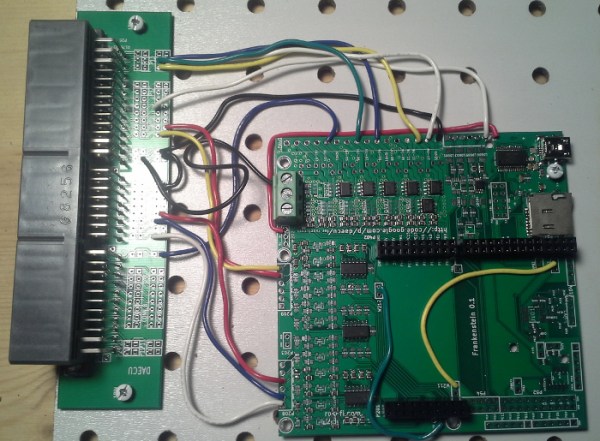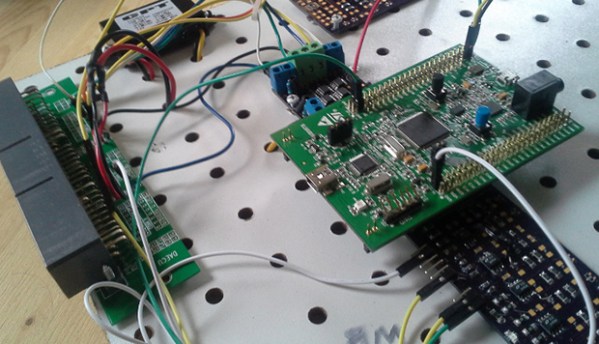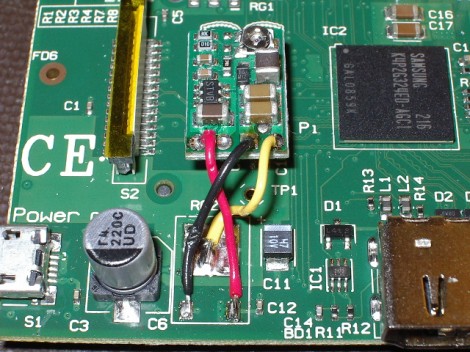I’ve developed or have been involved with a number of imaging technologies, everything from DIY synthetic aperture radar, the MIT thru-wall radar, to the next generation of ultrasound imaging devices. Imagery is cool, but what the end-user often wants is some way by which to get an answer as opposed to viewing a reconstruction. So let’s figure that out.
We’re kicking-off a discussion on how to apply deep learning to more than just beating Jeopardy champions at their own game. We’d like to apply deep learning to hard data, to imagery. Is it possible to get the computer to accurately provide the diagnosis?
I helped to organize a seminar series/discussion panel in New York City on November 13th (you know, for those readers who are closer to New York than to Munich). This discussion panel includes David Ferrucci (the guy who lead the IBM Watson program), MIT Astrophysicist Max Tagmark, and the person who created genetic sequencing on a chip: Jonathan Rothberg. As the vanguard of creativity and enthusiasm in everything technical we’d like the Hackaday community to join the conversation.
Continue reading “Next Week In NYC: How The Age Of Machine Consciousness Is Transforming Our Lives”


















